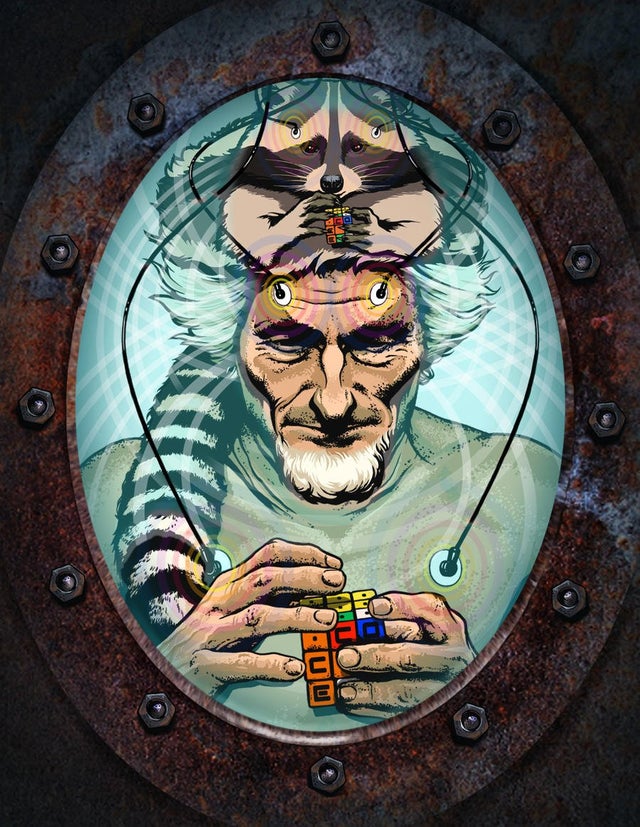A new vaccine provides hope for treating and even preventing the highly contagious and difficult-to-treat Clostridioides difficile infection, more commonly known as C. difficile or C. diff. In animal models, this first mRNA-LNP C. difficile vaccine was found to protect against C. difficile first-time infections and relapsing infections by inducing a robust immune response, promote clearance of existing C. diff bacteria from the gut, and even overcome deficits in host immunity to protect animals after infection, according to researchers at the Perelman School of Medicine at the University of Pennsylvania and Children’s Hospital of Philadelphia. The results, published in the journal Science, will pave the way for clinical trials of the vaccine.


Well, vaccines are very different than antibiotics. While there was the first new antibiotic made in ages earlier this year that’s highly selective for specific bacteria, it only works against gram-negative bacterial cells. C. diff is gram-positive and has been an issue for a long time. It’s notorious for it’s recurrence rate as it’s great at surviving conditions which kill most bacteria. It infects 500,000 people each year, with 20%+ of them being a reoccurring infection. Since new antibiotics are very tough to engineer, a vaccine makes way more sense and it will provide treatment for half a million people annually moving forward!
Oh yes I meant that of you can make any protein in the body, and you knew some super specific poison that only this bacteria dies from (unlikely), then you could make the poison in the body via mRNA, instead of teaching the immune system to target the bacteria, or making the poison in a lab. If say the poison was unstable, hard to keep from deteriorating between manufacture and administration, you could make it in the patient. Just an entirely hypothetical train of thought to check my intuition.
A lot of antibiotics would require entire synthetic pathways in order to be generated which would be quite a feat to introduce in a safe way.